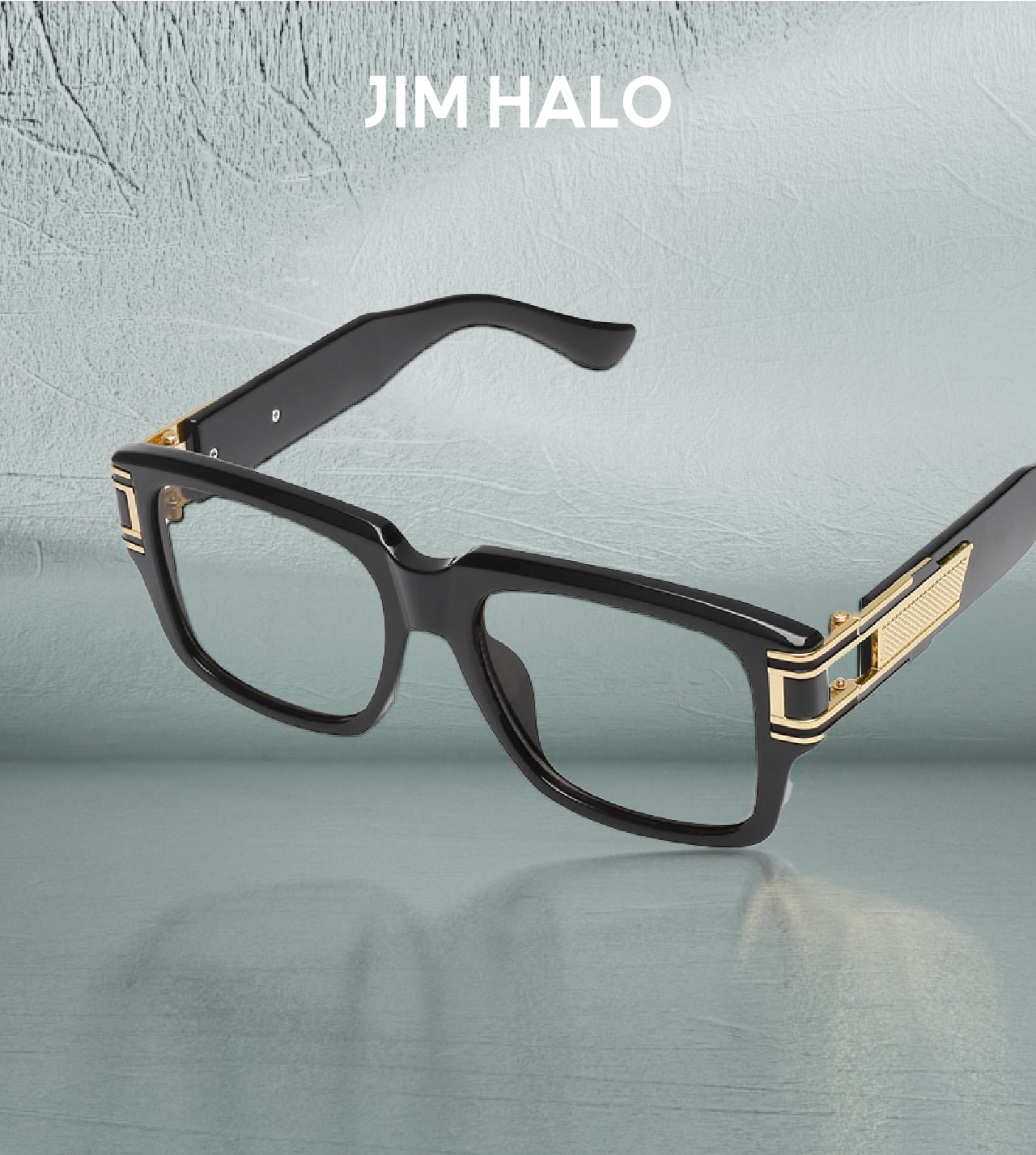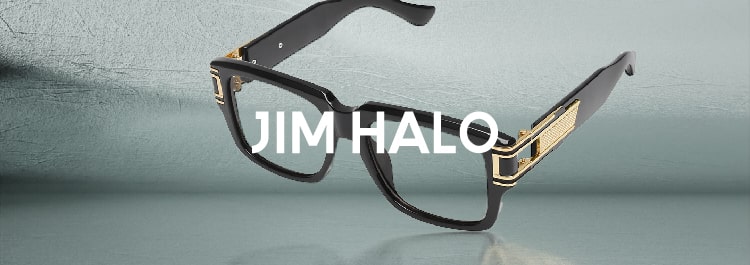What Is a Diopter and Its Impact on Vision Correction?
Diopters represent the fundamental unit in optometry, used to quantify the optical power of corrective lenses. They are specifically designed to measure how much a lens refracts or bends light to focus it correctly onto the retina.
Vision problems like myopia (nearsightedness), hyperopia (farsightedness), astigmatism, and presbyopia all stem from the eye’s inability to bend light appropriately. They play a pivotal role here by determining the precise amount of correction needed to alleviate these issues.
During an eye exam, an optometrist assesses your vision using various tests that reveal your diopter value. This number signifies the strength required for your lenses – higher numbers denote stronger prescriptions. Negative diopters correct nearsightedness by helping the eye focus on distant objects clearly, while positive diopters address farsightedness by aiding close-up vision.
The measurement is also critical for those with astigmatism, where the cornea’s shape causes blurred vision. Lenses with specific cylindrical diopters at different orientations are prescribed to compensate for this irregularity.
For individuals with age-related presbyopia, understanding them becomes essential as they need additional focusing help for reading and close work. Bifocal or progressive lenses incorporate varying diopter strengths across the lens surface to accommodate both distance and near vision.
In essence, diopters are the backbone of vision correction. Translating into the exact prescription you’ll find on your eyeglasses or contact lenses. It’s through accurate measurements that you can effectively tackle vision impairments and enjoy clear sight. So, whenever you’re updating your glasses, remember that they hold the key to seeing the world in sharp focus.
History of the Diopter
Diopters are a unit for measuring lens power, indicating how well lenses focus light onto the retina. This concept traces back to an ancient Greek device, dioptra, created by Hipparchus around 150 BC. However, it was French ophthalmologist Ferdinand Monoyer who defined “diopter” as a modern optic measurement in 1872.
Monoyer, building on Küchler and Snellen’s work, devised a decimal system in 1875 that calculates the lens strength needed to correctly focus light on the retina. He also invented the Monoyer Chart to assess visual sharpness.
The diopter, thanks to Monoyer, revolutionized optics. It simplified accurate lens power measurement and remains a vital tool today in optometry and ophthalmology. Doctors use them to pinpoint refractive errors and prescribe corrective lenses.
Beyond vision correction, they extend into camera and telescope lens calculations, playing a significant role across various optics applications.
What is the Relationship between Diopters and Meters?
Diopters and meters are intrinsically linked in the world of optics, particularly when it comes to measuring lens power. It is a unit that defines how much a lens can refract or bend light. This relationship is derived from the reciprocal of the lens’s focal length expressed in meters.
To simplify, imagine you have a lens with a focal length of 1 meter; this means its optical power would be 1 diopter. Its calculation works inversely to the focal length—when the focal length decreases, the diopter value increases.
pic from wikipedia.org
In other words, if a lens has a shorter focal length (less than 1 meter), it will have a higher diopter number. This signifies that the lens has more optical power, meaning it bends light rays more sharply. For instance, a lens with a 0.5-meter focal length equates to a diopter power of 2, as 1 divided by 0.5 equals 2. Conversely, lenses with longer focal lengths have lower diopter values, indicating they refract light less intensely and are therefore considered weaker in optical power.
This direct correlation between them serves as a fundamental principle in prescribing corrective eyewear. Optometrists use this concept to determine the precise diopter needed for each patient. This ensures their corrective lenses effectively focus light onto the retina and correct vision impairments like nearsightedness, farsightedness, or astigmatism.
In essence, understanding their relationship provides clarity on lens strength, enabling accurate measurements and prescriptions in optometry, photography, microscopy, and various fields where precise control over light bending is crucial.
What is the Relationship between Diopters and Focal Length?
In the realm of optics, focal length determines how light behaves after interacting with a lens. It’s the distance from the lens at which parallel light rays converge to a single point (for converging lenses) or appear to diverge from (for diverging lenses). This parameter is inversely proportional to diopter strength.

When discussing them, we’re referring to the unit that measures a lens’s optical power, and its ability to bend light. The relationship between diopters and focal length is straightforward: as the focal length gets shorter, the diopter value increases.
This connection is particularly crucial in eye care. Optometrists calculate the requirement for corrective lenses based on a patient’s refractive error. Near-sighted patients require lenses with negative diopters, signifying longer focal lengths, while far-sighted patients need positive ones, indicating shorter ones.
Moreover, this principle extends to photography and other optical applications. Zoom lenses with variable focal lengths have changing values, affecting the depth of field and overall image magnification. Thus, understanding the inverse correlation between their length is essential for anyone working with lenses.
Negative and Positive Diopters
In vision correction, diopters serve as a critical metric for determining the type and strength of lenses needed. Positive diopters are associated with farsightedness, also known as hyperopia. People with this condition have difficulty focusing on objects that are close to them. Their eyes are naturally underpowered, so when light enters, it focuses behind the retina instead of directly on it. To remedy this issue, corrective lenses with positive diopter values are prescribed. These lenses possess extra optical power that helps bend incoming light rays more sharply, allowing near objects to come into clear focus.

On the other hand, negative diopters address nearsightedness or myopia. Individuals with myopia can see nearby objects clearly but struggle with distant ones. This is because their eyes are overly powerful, causing light to converge in front of the retina. In these cases, corrective lenses bearing negative diopter ratings are necessary. These lenses, having less optical power than the eye’s natural lens, effectively reduce the degree of bending, enabling far-off images to be focused correctly onto the retina.
In essence, whether a person requires positive or negative diopters depends on how their eyes refract light – too much curvature for nearsightedness, not enough for farsightedness. Corrective eyewear adjusts this curvature, ensuring optimal visual acuity across all distances. Their value thus serves as a precise language between optometrists and lens manufacturers, translating patients’ visual needs into tangible solutions.
Astigmatism
Astigmatism is a common vision problem that occurs when the cornea, the clear front part of the eye, has an irregular shape. Instead of being round like a basketball, it may be more shaped like a football, causing light to focus unevenly on the retina. This results in blurred or distorted vision at all distances.
To correct astigmatism, optometrists prescribe cylindrical lenses. Unlike spherical lenses used for simple nearsightedness or farsightedness, these lenses have different powers along two distinct axes, known as meridians. One axis, typically horizontal, is designed to address one refractive error, while the other, vertical, compensates for the second error.
Cylindrical lenses’ diopter values indicate the amount of additional optical power needed along each meridian to balance out the irregular focusing caused by the misshapen cornea. The strength can vary from mild to strong, depending on the severity of the individual’s astigmatism.
In essence, the cylindrical lens bends light in a specific way to counteract the uneven distribution of light across the retina. By doing so, it helps to realign the focal points, thereby restoring clear and crisp vision. Thus, the precise measurement in cylindrical lenses plays a crucial role in effectively treating astigmatism and ensuring optimal visual clarity.
Presbyopia
Presbyopia is a natural part of the aging process, affecting nearly everyone from middle age onwards. It occurs as the eye’s lens loses flexibility, making it increasingly difficult to focus on objects up close. To combat this decline in near vision, individuals often need reading glasses.
As people develop presbyopia, they find tasks like reading fine print, sewing, or using a smartphone challenging. This is where corrective lenses come into play, specifically designed for these near-distant visual demands. Reading glasses provide extra focusing power that the aging eyes lack.
These positive diopter lenses essentially compensate for the loss of accommodation by magnifying close-up images, allowing them to be focused clearly onto the retina. Their value assigned to the reading glasses depends on the severity of the individual’s presbyopia and their specific near vision needs.
In summary, presbyopia necessitates reading glasses to help older eyes tackle close work comfortably and efficiently. These glasses become an essential tool for maintaining quality of life and continuing daily activities without strain, emphasizing the importance of measurement in addressing age-related vision changes.
What Diopter Lens Prescription Do I Need?
To know the precise lens prescription you require, a visit to your optometrist is essential. They will conduct thorough eye exams that evaluate multiple aspects of your vision health.
Firstly, they measure your visual acuity – how well you can see letters or symbols from a distance, typically using a Snellen chart. This helps determine if you have nearsightedness (myopia), farsightedness (hyperopia), or perfect 20/20 vision.
Secondly, your optometrist assesses your focusing ability. This includes tests for presbyopia and accommodative dysfunction, which reveal any struggles in shifting focus between near and far objects. It’s during this stage that they gauge the need for additional diopters, particularly positive ones for reading glasses or multifocal lenses.
Lastly, they identify refractive errors. Astigmatism is one such error where the curvature of your cornea isn’t even, requiring cylindrical lenses with specific diopter values along different axes. Using advanced technology like retinoscopy or automated refraction machines, they pinpoint the exact strength needed to correct these distortions.
In summary, your needs are calculated through comprehensive eye exams by an optometrist. They take into account various factors influencing your vision, ensuring the prescribed lenses provide optimal clarity and comfort, tailored to your unique visual requirements.
Why it’s important to understand diopters in vision care
The concept of diopters plays a pivotal role in managing and treating vision problems. It represents the strength needed to correct refractive errors, which are common causes of blurry vision. By grasping what they mean, you can better interpret your eye health status and vision correction requirements.
When it comes to choosing eyeglasses or contact lenses, understanding the concept empowers you. You’ll know whether you need positive diopters for near vision (like reading glasses), negative diopters for distance vision (for myopia), or specific cylindrical diopters for astigmatism. This knowledge enables you to discuss options with your optometrist or optician more effectively, ensuring that the prescribed corrective lenses provide optimal visual acuity.
Furthermore, if considering laser eye surgery, knowing your prescription is critical. Procedures like LASIK aim to reshape your cornea to reduce its refractive power to match your required levels. Understanding your starting point helps you evaluate potential outcomes and make well-informed decisions about surgical intervention.
In summary, being familiar with them in vision care is instrumental. It bridges the gap between patients and eye care professionals, facilitating clear communication and accurate diagnosis. It ensures appropriate treatments are provided, ultimately leading to clearer, more comfortable sight and improved quality of life.
Conclusion
In conclusion, understanding the concept is an essential aspect of vision care that significantly impacts the accuracy and effectiveness of corrective measures. The diopter unit serves as a universal language in optometry, quantifying the refractive power needed to correct vision impairments such as myopia, hyperopia, and astigmatism.
Knowing your prescription empowers you to engage more meaningfully with eye care professionals. This awareness allows for better decision-making when selecting eyeglasses or contact lenses, ensuring that they are tailored precisely to your vision needs. Moreover, it plays a crucial role in evaluating the suitability and potential outcomes of refractive surgeries like LASIK.
Ultimately, grasping the concept equips you with the tools to manage your visual health proactively. It ensures that you receive accurate treatments, which result in improved visual acuity and comfort, contributing to an enhanced overall quality of life.

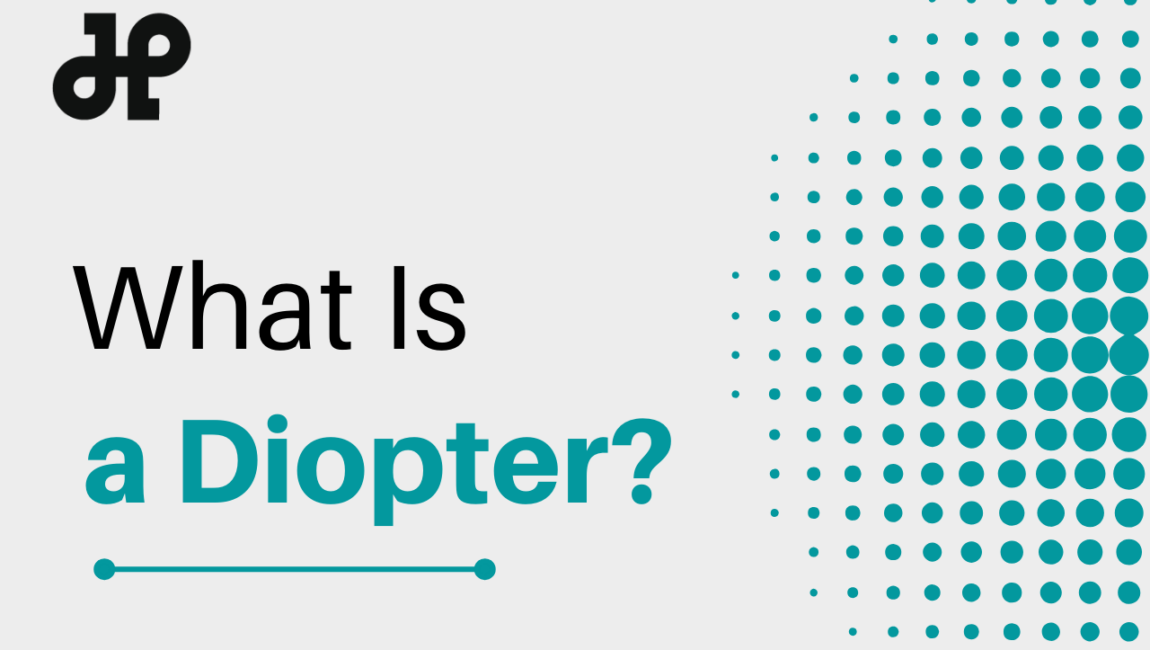
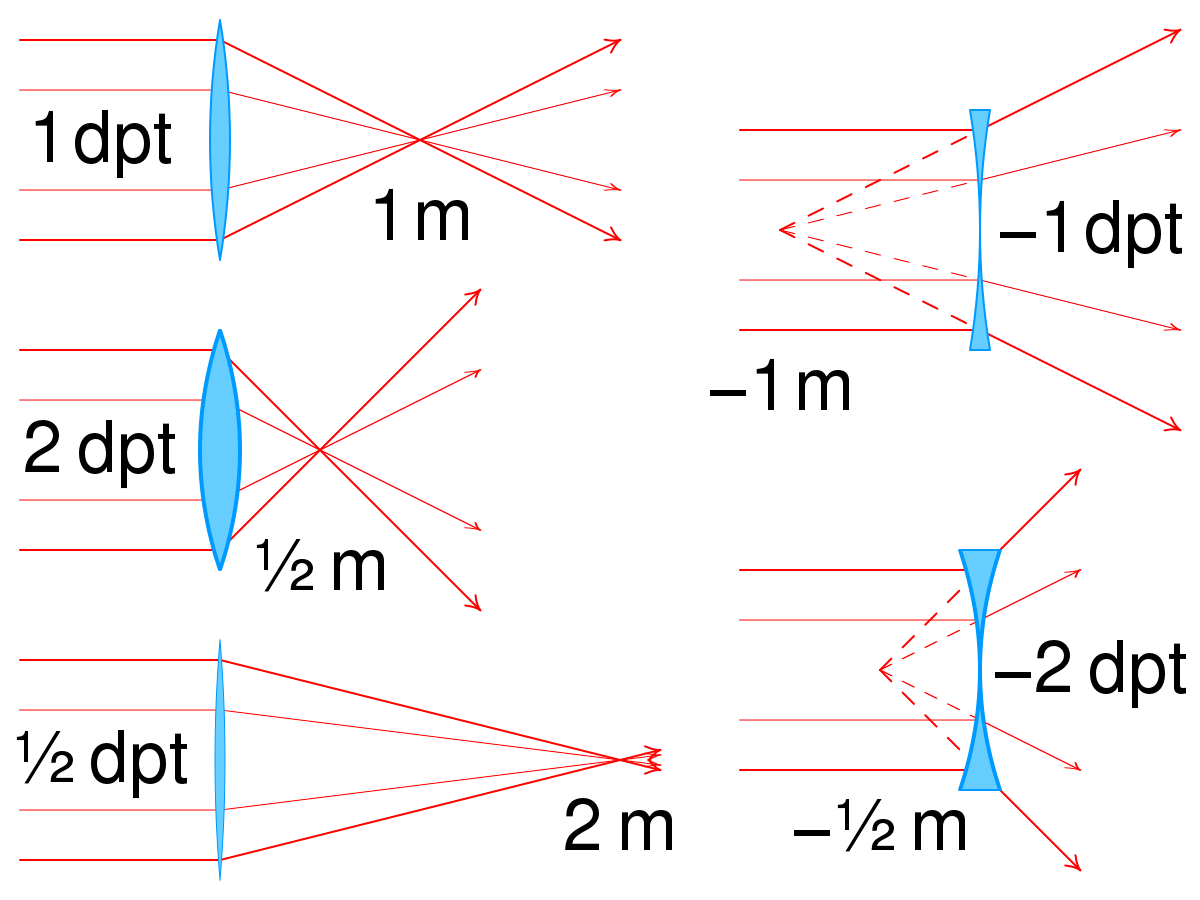
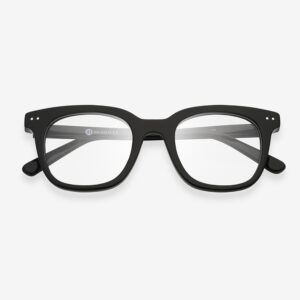 Andre
Andre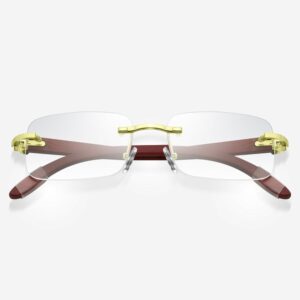 Ramsey
Ramsey